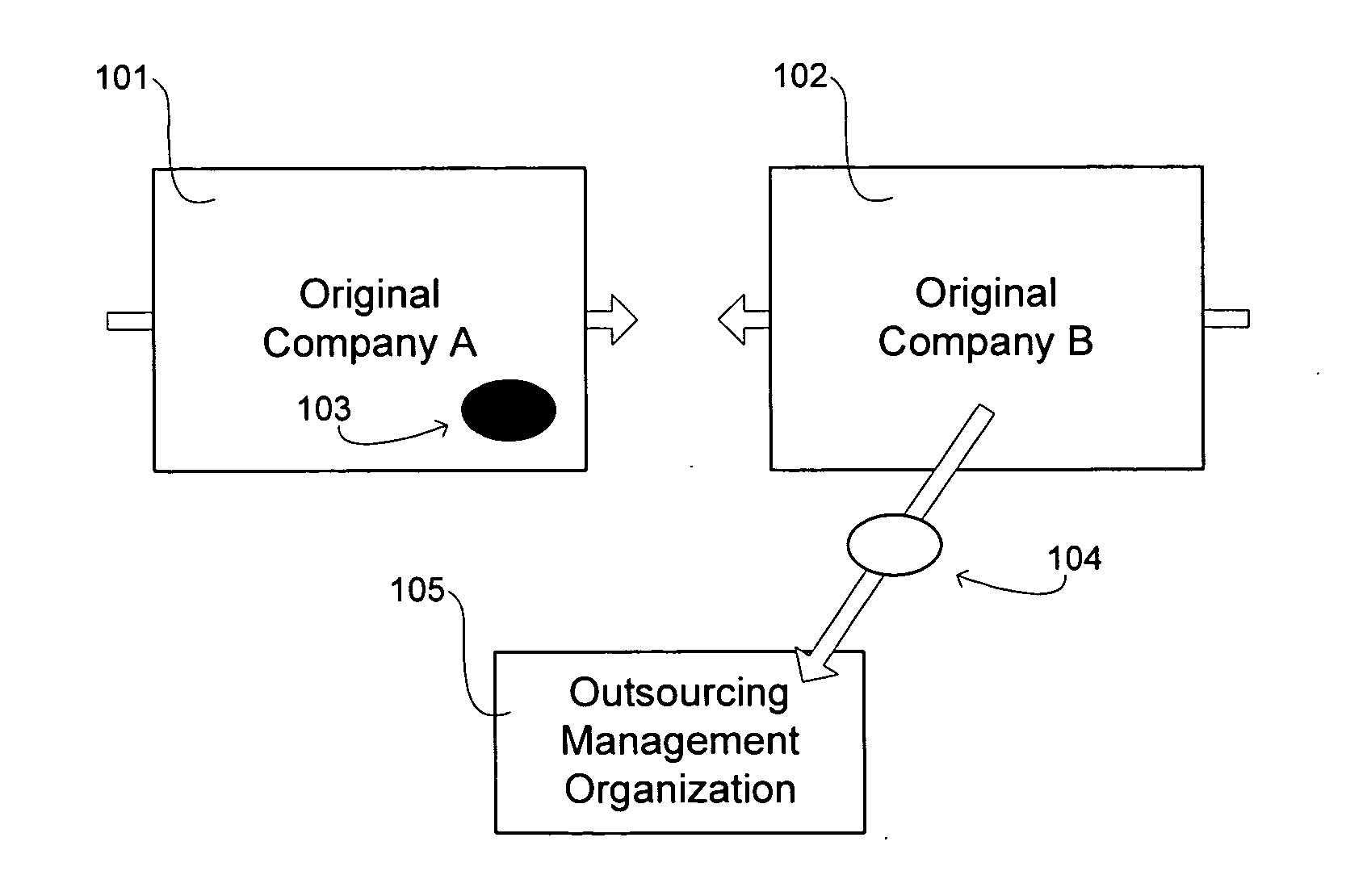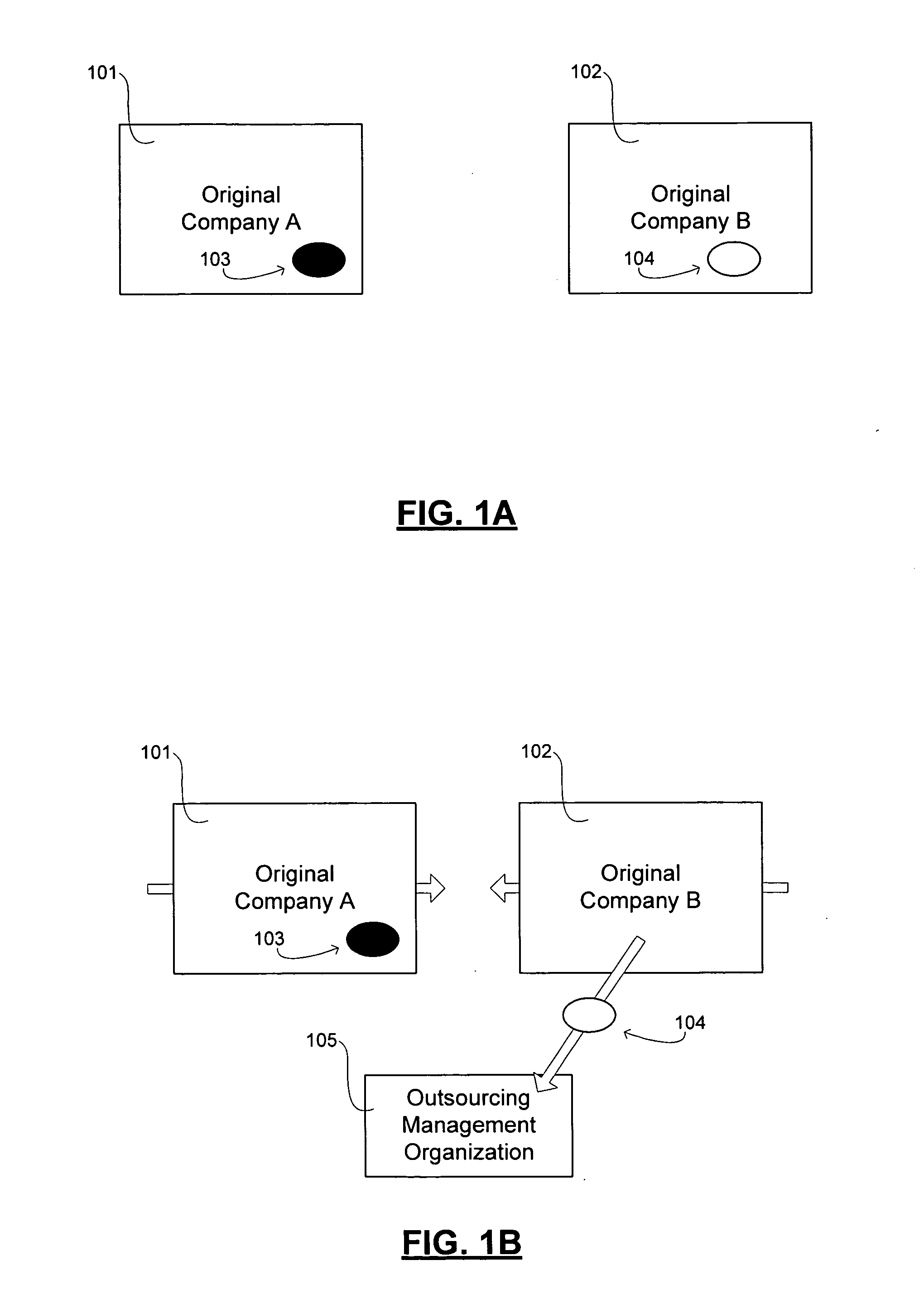Additionally, business organizations can have many structural features that create inherent problems over time.
Importantly, however, mergers also are becoming progressively more complex as the involved companies of the modern economy become larger and more diverse.
Success of the deal thus becomes of paramount importance, and the management effort to make the deal successful can become a
distraction to the
day to day operations of the involved businesses.
Mergers, to be successful, often necessitate massive and invasive post-merger integration efforts by the remaining one or more companies or organizations.
This complexity of mergers in today's environment in many circumstances decreases the usefulness of mergers as a tool for driving transformation.
Many academics and experienced business executives believe that the complexity and length of, and opportunities for management errors in, post-merger or post-acquisition integrations create an environment in which mergers and acquisitions almost inevitably and inherently destroy value that is present in the pre-merger entities.
For example, the sheer immensity of the merger undertaking can cause distracted managers to lose
sight of emerging changes to the marketplace, to mistreat customers, or otherwise to lose those advantages that made the acquired or target company desirable or successful in the first place, leading the resulting company to fall behind.
Further, on top of the financial and labor resources expended to merge the original business entities together, mergers can lead to the loss of key personnel who are made uneasy by organizational change.
Mergers as a tool for transformation also suffer from an inability to provide the desired capabilities, resources, or other competitive benefits (which may provide the actual driving impetus behind the merger) with sufficient speed.
If, for example, an acquiring (or “acquiror”) organization wishes to transform its direct sales force, an attempt to transform by initiating a merger with another (“acquiree”) organization that has a particular strength in that area would not provide any benefits to the acquiror organization for at least several months, and likely not within a year.
Further, once the acquiring business organization finally does start to receive the desired benefit from the acquired organization, it is possible that the desired benefit will be of a lesser or diminished value then what was originally anticipated due to above-described tendency for mergers to destroy value.
Thus, mergers are not suitable as a tool for efficient transformation in many circumstances.
Because the strategy is new, and requires new skills and capabilities, the business organization would not otherwise have access to these capabilities as quickly or as effectively if it had to develop them from scratch.
Outsourcing, however, is not a perfect tool and can suffer from various drawbacks.
First, outsourcing may not be an option in all circumstances if a suitable
service provider could not be identified, such as, for example, where there are no suitable
third party service providers that can deliver the required service because
specialized knowledge is required by the particular business organization.
Additionally, outsourcing would not deliver the other benefits achieved through merger or acquisition, such as the obtaining of market share, rights under existing contracts, and
intellectual property, which may be essential to the organization's vision for the transformation.
Further, business organizations can be altogether unwilling to utilize outsourcing in certain circumstances as a long term part of its business model for fear of divesting itself of direct
supervisory control over a key function of its profitability model.
 Login to View More
Login to View More  Login to View More
Login to View More 


